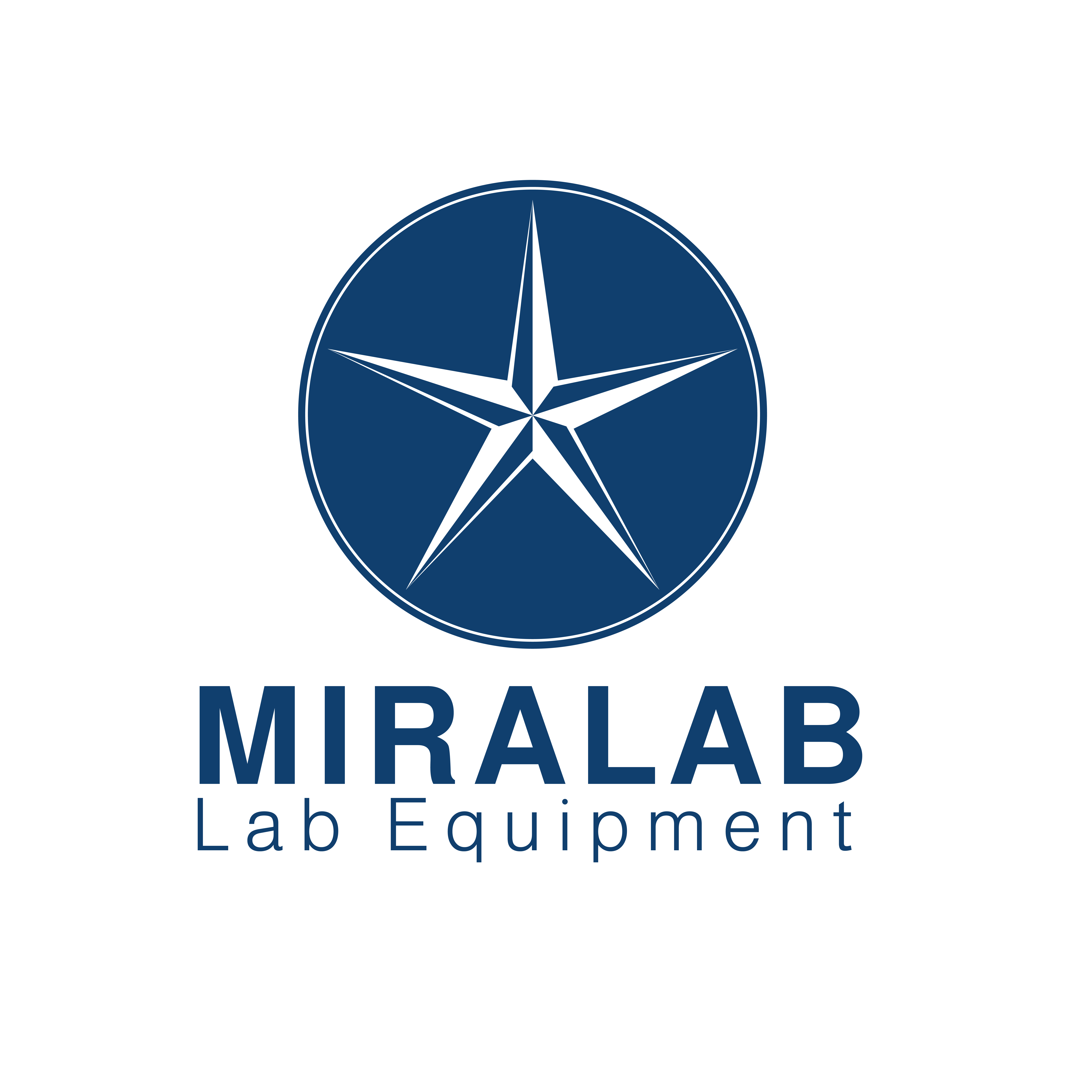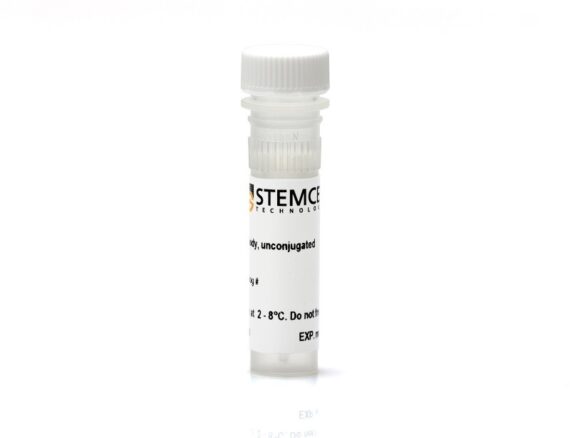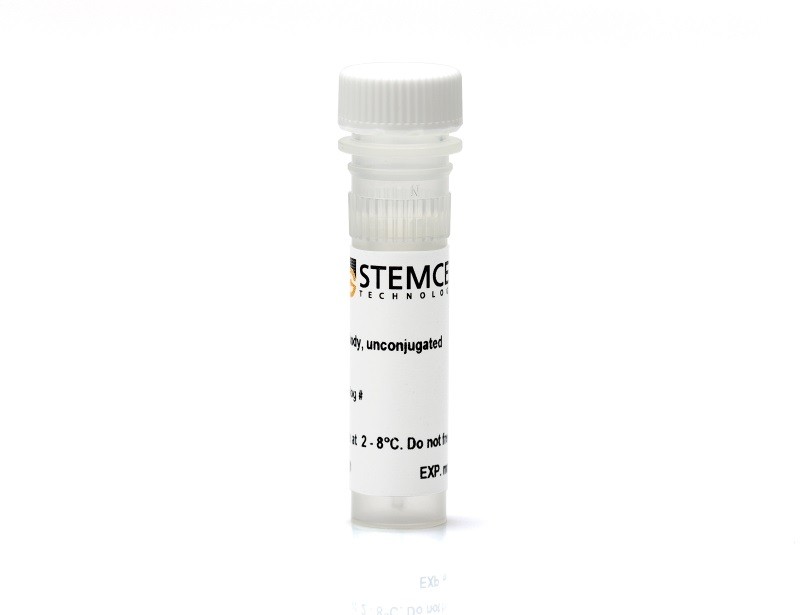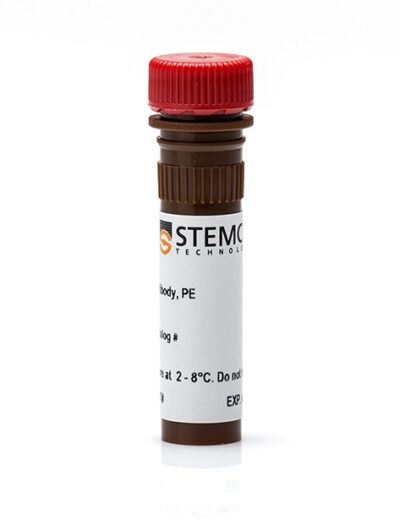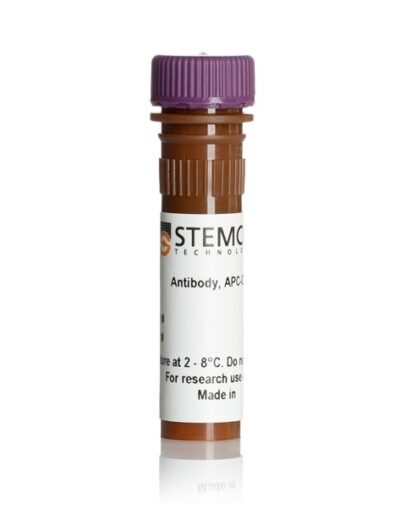Anti-GFAP Antibody, Clone 2E1.E9 Mouse monoclonal IgG2b antibody against human, mouse, rat GFAP (glial fibrillary acidic protein)
The 2E1.E9 antibody reacts with glial fibrillary acidic protein (GFAP), an ~49 kDa type III intermediate filament (IF) protein that, within the central nervous system, is expressed primarily by astrocytes, though found at high levels in some glial-derived tumors. GFAP is thought to contribute to the structural architecture and strength of the cytoskeleton. The 2E1.E9 antibody does not cross-react with other IF proteins and can be used to distinguish astrocytes from other glial cells. GFAP has also been identified in Leydig cells, keratinocytes, chondrocytes and osteocytes. The GFAP polypeptide comprises an N-terminal head, a central rod, and a C-terminal tail domain, and assembles as dimers by a process dependent on phosphorylation and dephosphorylation of the N-terminal domain. Several splice variants have been identified, encoding three distinct isoforms. Many mutations in the GFAP gene (>50) have been associated with Alexander disease, a progressive leukoencephalopathy characterized by cytoplasmic inclusions and dysfunctional myelination.
This antibody clone has been verified for labeling neural stem and progenitor cells grown in NeuroCult™ NS-A Proliferation Kit (Human; Catalog #05751) and NeuroCult™ Proliferation Kit.
Subtype: Primary Antibodies
Target Antigen: GFAP (Glial Fibrillary Acidic Protein)
Alternative Names: Glial fibrillary acid protein (GFAP)
Reactive Species: Human; Rat; Mouse
Conjugation: Unconjugated
Host Species: Mouse
Cell Type: Astrocytes; Neural Cells, PSC-Derived
Application: Flow Cytometry; Immunocytochemistry; Immunofluorescence; Immunohistochemistry; Western Blotting
Area of Interest: Neuroscience
Clone: 2E1.E9
Gene ID: 2670
Isotype: IgG2b
